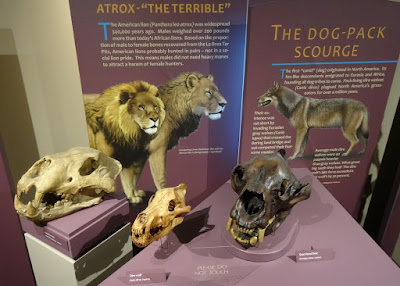Another beautiful sunny day in the southwest, so we headed back into Sedona, AZ, to look around some more great galleries. We parked at Tlaquepaque North and walked everywhere from there. We found there were a lot of shops we missed on our first visit.
I thought this little restaurant would make a great retirement cabin. You don't see a lot of houses built with this much charm.
Sedona attracts the artistic and the spiritual alike. It is known for its “vortexes” (or vortices) - a series of points around the various cliff's. It began when Page Bryant, arrived in VOC (the Village of Oak Creek, Sedona) in the late 1980s. The artwork around town often displays the town's spiritual bent.
Today the massive wooden doors to the chapel were open and only the iron grillwork was locked. It is easy to see why the chapel is a popular wedding venue.
The architectural detail everywhere made the place a worthwhile visit even if you never went into any of the shops.
10 days ago Sam sniffed at the base of this statue. Today it was gone. I asked if they moved it and was told it sold, but they would be glad to make us another one for $37,500. I politely declined.

When it was time to have some lunch, we walked by the Hideaway House and thought "why not?" They had a dog-friendly patio with a million dollar view. Everyone that walked by Sam stopped to scratch his ears or give him a treat or bring him a bowl of ice water. He got the royal treatment and we were treated to some unique Italian cooking that was absolutely delicious.




















































